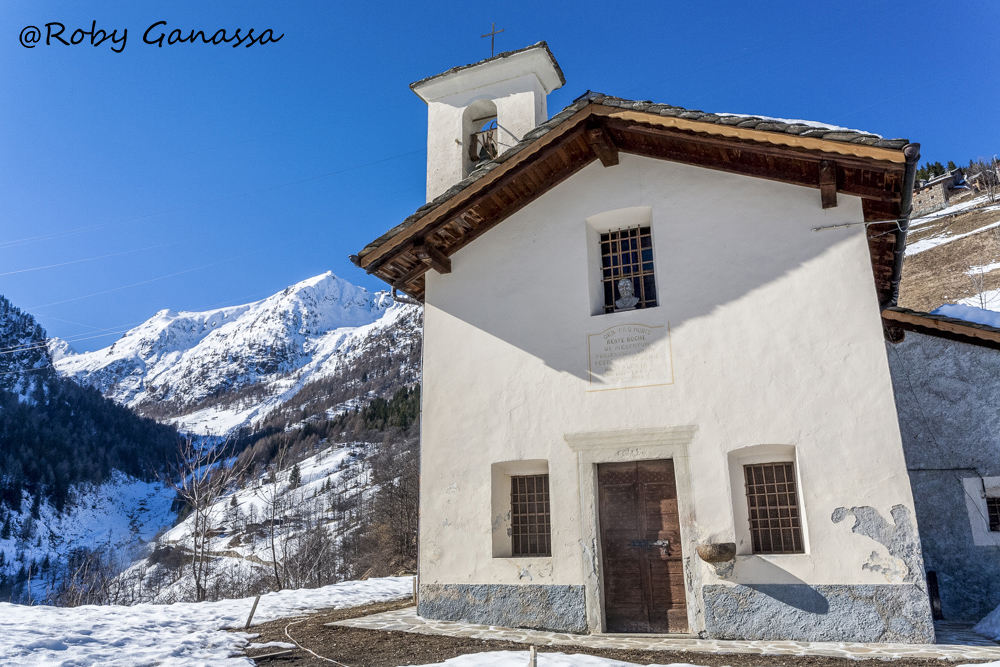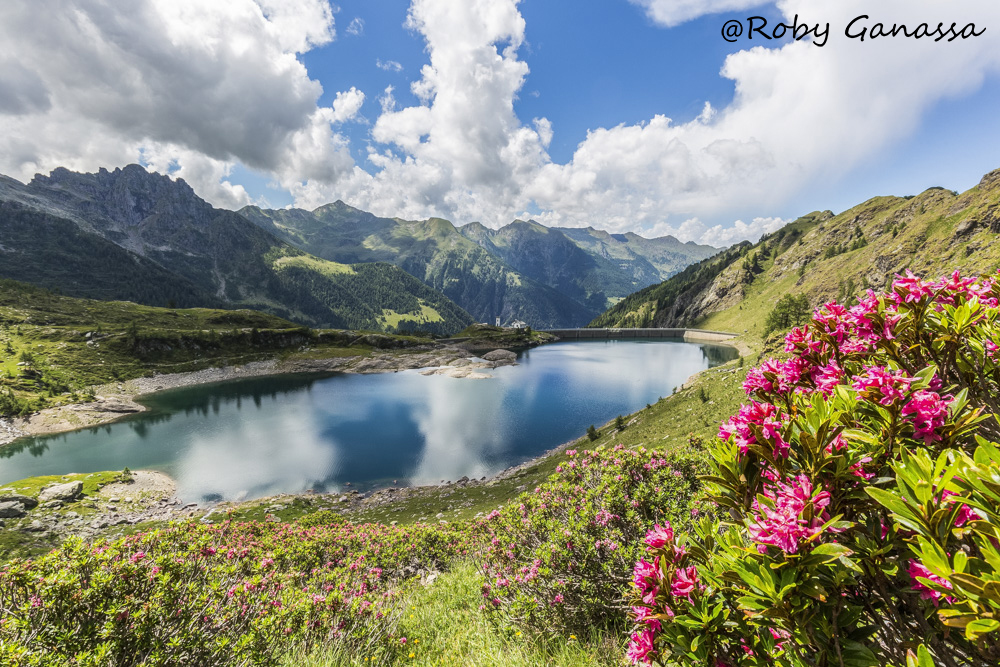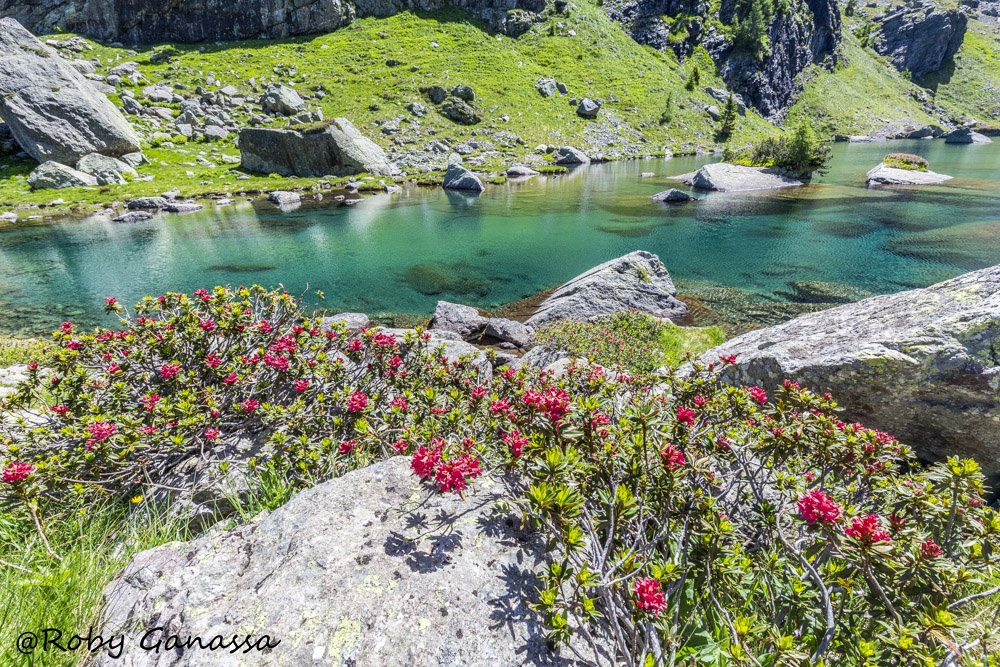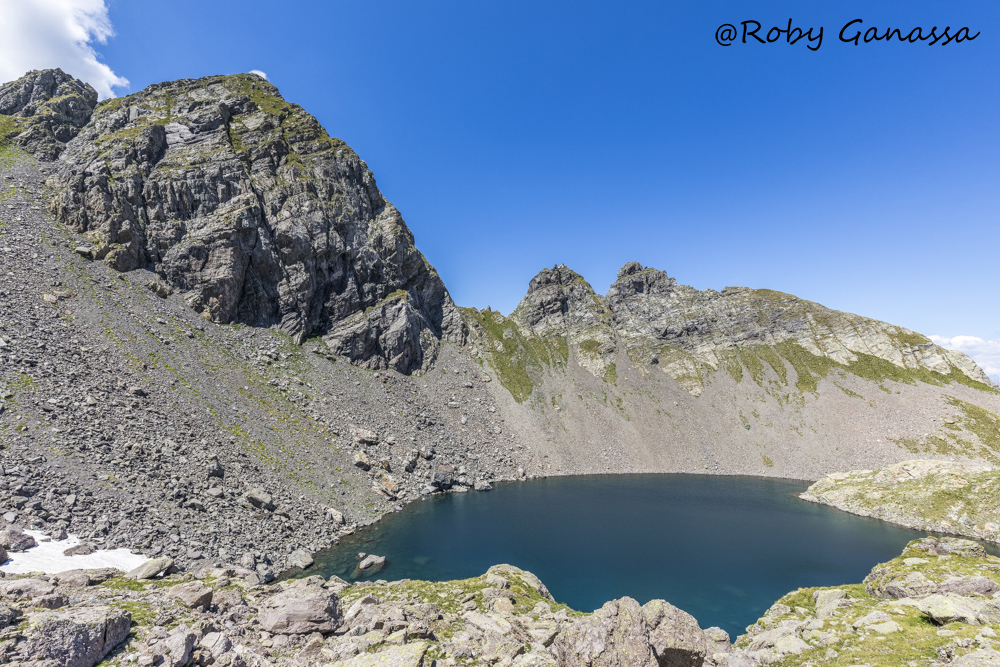Valgerolais about 130km from Milan. By the time you’ve reached Morbegno and exited the main Stelvio SS38 road, the turning to Valgerolais immediately on your right and your journey is almost done. The road that connects the Valtellina to all the towns of the Valgerolawas built in the early 20th century. Within 10 minutes you reach the first village, Sacco, followed shortly after by Rasura, Pedesinaand then Gerola Altawhich is about 14.5 km from Morbegno. Following the road further on we get to Fenile and Pescegallo, which are Valgerola’s most important tourist destinations with many mountain activities. If instead you’re travelling from Switzerland, you can reach Valgerola by crossing any of the Spluga, Maloja, Bernina or Gallo passes into the Valtellina. The same is true for Austria if you come over the Stelvio pass. Your destination of reference is Morbegno, which can also be reached by train, and from there a bus service to get you to your destination.
Valgerolais situated on the western side of the Orobic or Bergamasque Alps, the pre-Alps that you meet when travelling north from the Po Valley. It took its shape around 20 million years ago, sculpted by the erosion of glaciers and streams.
Geologically, Valgerolafeatures deep ravines and offers diversified habitats with varying climates depending largely on the altitude. The diverse vegetation also allows for a great variety of fauna. In order to safeguard this natural wonder, the Orobic Nature reserve was set up in 1989, and covers an area between the provinces of Lecco, Sondrio, Brescia and Bergamo. The symbol of this park is one of its most recognizable creatures, the Gallo Cedrone or capercaillie, a variety of wood grouse.

Ibex 
Trona valley 
Mount Olano tarn
The Valgerolais set into the northern face of the mountain range and is home to many different natural habitats. From the base the vegetation is largely composed of deciduous trees, which are gradually overtaken by fir and beech trees. Then come mountain meadows which eventually give way to rocky peaks. Valgerolais surrounded by nine other valleys. It rises at around 200 m.a.s.l. and eventually reaches heights of around 2000 m. It’s traversed by the Bitto torrent, which also gives its name to a local delicacy we will talk about in due course.
ACTIVITIES, ECOMUSEUMS AND NATURAL ATTRACTIONS
The focal point of the valley is its largest town, Gerola Alta. The origin of the name lies in a XIII century flood which destroyed the little hamlet and was subsequently rebuilt using “gera” or gravel stones. This borough, the southernmost of the Valtellina province, has approximately 168 inhabitants and is made up of four large valleys which merge into the single Valgerola with an area of around 38sq.km. To the east we have the Bomino valley and the Val di Fenile which opens out into the basins of the Pescegallo lake and the Pescegallo pits as well as the Tronella valley. Then we have the Valle della Pietra which converges with the wide mountain pastures of Trona and its valley as well as the Inferno valley. Finally, we have the Vedrano valley. On the south-western side of the borough the renowned peak known as the Pizzo dei Tre Signori (2554 m.a.s.l.) marks the border between the provinces of Sondrio, Lecco and Bergamo.

Chiesetta di San Rocco 
Gerola by Night
Gerolais divided into various hamlets which weave their way into the central point called the “piazza”. The other central focal point is that of Pescegallowith its ski facilities. It is predominantly around these areas that available housing can be found, including houses for sale or rent, modern and more rustic chalets. This area’s natural features provide many opportunities ideal for mountain hiking, ranging from easy to more challenging, from the low-lying deciduous forest paths to the mountain goat paths stretching between pastures and peaks.
One such ramble is a path starting from Pescegallo at 1454 m.a.s.l. which reaches the Salmurano mountain cabins. For those wishing for an even greater challenge, it’s possible to proceed and reach the Salmurano pass at 2017 m.a.s.l., which connects Gerola’s Bitto valley to the bergamasque Brembana valley and on to the Benigni cabins. Another popular route is the Cordona path, or the trail to reach Pizzo dei Tre Signori.

Salmurano cabins 
Rifugio Benigni 
Pozza Rossa

Rifugio Trona
For those seeking something more adventurous, there are also opportunities for climbing. A climbing area, second only to the one in Valmasino, has recently been set up and offers hundreds of fully equipped itineraries, both for bouldering and free climbing with ropes. There are also numerous cycle paths through the woods, pastures and around lakes for those who favour mountain biking.

Denti della Vecchia climb 
Children’s zipline

Biking through the woods
Those who prefer running should try and catch the international Rosetta Skyrace, a 22km circuit which begins and ends at the Rosura Sports Centre. It reaches its highest point at Pizzo dei Galli at 2217 m.a.s.l. and the course takes in breath-taking scenery. Cima della Rosetta is also a popular destination for Alpine skiers.

Cima della Rosetta 
Lago Culino
It’s not uncommon while exploring the Valgerolato come across small lakes and tarns, both natural and man-made, some of which even allow for some fishing. The most notable of these is the Pescegallo lake (1865 m.a.s.l.) and the Inferno lake whose name derives from the reddish colour of its water in some areas, due to the high content of iron in the underlying sediments. The completely natural Zancone lake is also a must. Itineraries among the various lakes of the Valgerola are a guaranteed success. There are also several torrents (called “bit”) that you can come across on your walks. One thing to note is the large amount of rainwater, since the Orobic valleys account for some of the region’s highest annual rainfall.

Lago d’Inferno 
Lago di Pescegallo 
Lago Zancone

Lago Rotondo – Pizzo Trona
Aside from the waters, another attraction for tourists are the mountain pastures, such as the Stavello pasture, the Vedrano pasture, the Trona Soliva pasture, the Pescegallo pastures and the Bomino pasture. Some pastures are abandoned, leaving nostalgic testimony of a simpler time, such as tumbled-down cabins and the so-called “calècc”(mixing the dialect words for house “ca” and bed “lècc”) which are unique to the Bitto valley. These were the migranthomes of cheese producing farmers. They were made up of four drywalls covered with a tarpaulin, with space inside for a fire and heater in order to make cheese from the fresh milk of the cows that grazed around the building. The homestead would be lived in for a few days until the grazing was exhausted, after which the cows were moved on to new pastures and the cheese was taken away for additional maturing.

Pianone di Pescegallo 
Monte Culino
Valgerola’s eco-museumdeserves its own mention. It was set up in 2008 thanks to the collaboration of multiple organizations and the local population, aiming to promote the area and its history, its traditions and its cultural identity. The eco-museum is not just a mere attraction, but a chance to better understand the local community and its plentiful historical and fascinating traditions, which all tied to the environment.
The “eco-senses-museum” itineraryis a 1-km trail which takes us past numerous installations aimed at stimulating our senses, including aromas, colours, sounds and touch panels. These exhibits are great for all ages, bringing together young and old, and even accessible for those with mobility issues.
Valgerola’s eco-museum organizes guided tours to ethnographic sites and museums across the area, such as excursions to historical recreations of rooms, barns, tailor shops and mills with their traditional tools and utensils. Another example is the recreation of a traditional house, an initiative by Valgerola’s local counciland the Valtellina Orobic reserve Institution and others, where it is possible to immerse oneself in the local history and feel closer to man’s earthly origins. These tours are available throughout the summer months and on request in winter. While they are certainly interesting from an educational point of view in the fields of biology and geology, there are also interactive attractions for younger participants.
In the town of Saccowe also have a Camera Picta (or newlyweds bedroom) from the 1400s, decorated with a series of frescos, among which you can find the so-called “Homo Salvadego”, a mysterious man from the valleys , representing alpine agricultural life.

Sacco by Night
These eco-museums represent the historical relationship between man’s work and nature, they show us the everchanging landscapes, often sculpted by the hand of man, illustrating the methods and implements that made this possible, while maintaining the traditions and identity of the local populous.
The building in which we find the eco-museum is also home the Bitto centre, which we will now explore.
BITTO AND “SAGRE”
Bitto is the king of cheeses of the Valtellina. It’s a full-fat cheese, produced with cows’ milk, and very often mixed with goats’ milk. The wheels of cheese often weigh between 15 and 25 kilos and are usually produced and matured in the “casere” or cheese huts of the Alpine pastures.
Once upon a time Bitto cheese had protected designation of origin, but in order to be able to produce larger quantities and guarantee a fair price, the Bitto DOP consortium modified the standards of production to some degree. However, Valgerola’s Bitto manufacturers have continued to produce it following historical tradition, giving rise to the denomination “Bitto Storico” or historical Bitto. Since 2016, owing to a controversy surrounding the Bitto brand and its DOP consortium, local manufacturers have commercialized their product under a new brand, “Storico ribelle”or rebellious historical cheese, which is only produced in the Bitto valleys.
Bitto’s significance for the people of the Valgerola is attested to by theBitto centre in Gerola. This building plays host to the so called “Casera”, a dairy room designed for the maturing of this cheese, which may be seasoned up to 15 years. On the first floor of the building, you can find a tasting room, which also allows you to try other fine local products, such as the best Valtellinese wines, cold cuts and other local delicacies (like Pizzocheri and Polenta with Bitto Storico). Bitto cheese is a symbol for the Valgerolacommunity, and is at the centre of many of its tourist attractions. Between September and October there is a notable annual “sagra”, or festival – the so-called Sagra del Bitto – which attracts tourists from all over Italy and beyond. It provides the opportunity to taste local foods, centred around Bitto cheese, but also offers musical and sightseeing attractions, and much more.
Valgerolaactively promotes events and festivals, with particular attention given to those celebrating the local environment and local produce. Several groups and associations have focused on these events and created specific areas for slow food events (such as the blueberry and chestnut festivals in Rasura, the Alpini festival and the “Mountains of chocolate” exhibition in Gerola, offering tasty desserts and hot chocolate).
Pescegallo and its winter sports

Pescegallo
Snow is a regular feature of the Valgerola, meaning that numerous ski pistes and snowshoe walks are available to those seeking winter excursions in the area.
Quiet snowshoe hikes, ideal both for the seasoned expert and young initiate, are available in Valgerola, and by consulting guides and information offices you can find the ideal route for you, according to your preferences and abilities. One such favourite involves starting out from the dirt tracks of Gerola Alta, passing through Fenile and Pescegallo before ascending to the alpine cabins of Salmurano and its ski pistes.
Of course, skiing is also a popular winter activity in Valgerola. The ski resort of Valgerola-Pescegallo, starting at Pescegallo’s altitude of 2000 m.a.s.l.and descending over 500m., is guaranteed to be open from December through to April thanks to a pre-planned snowmaking schedule. The resort comprises around 10km of pistes and the different landscapes offer slopes for beginners and experts alike. An onsite ski school provides courses to people of all levels and there are numerous shops selling and renting ski equipment.
In 2016 Pescegalloopened a children’s play area,the Gallopark, a 3000 sq.m. space near the main chairlift, where the little ones can take their first steps in the world of skiing. It’s equipped with two slopes, one for absolute beginners and the other for little experts, as well as a space for sleds and toboggans.

SkyArea Pescegallo
Snowboarders can get their fix at the well-equipped snow park of Salmurano, not far from Gerola. At Piana di Fenile there’s a circuit for cross-country skiers, while Gerola Alta has an ice-rink too. Downhill skiers also have other opportunities, such as the Munt de Sura slopes, not terribly taxing thanks to their shallow gradient, or the Ponteranica piste, which is a little more challenging, and many others.
Valgerola offers everything a mountain-lover could wish for. There are events and festivals all year round, breath-taking winter sports and nature-filled summers, historical attractions and child-friendly activities. There are short- and long-term renting opportunities, mountain chalets for sale and typical cottages and housing available too.
Now it’s time to discover it together. See the available offers on our website.
Live the mountain life!



